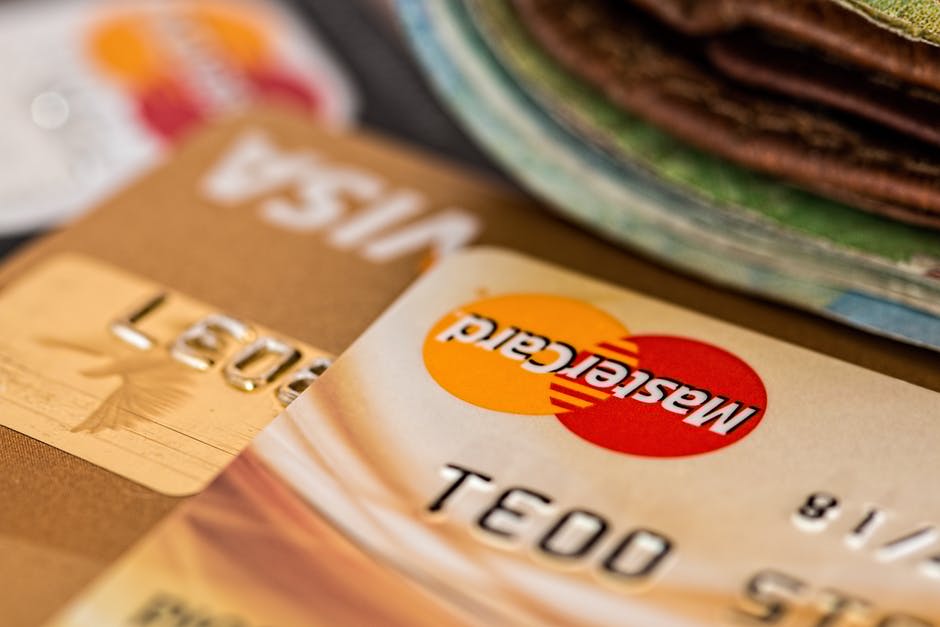Having a low credit score can cost you thousands of extra dollars in loan repayments for car loans, home loans, and other personal loans. First, let’s talk about how your credit score is calculated.
1. 35% – Payment history. Are you paying your minimum payment on time each month?
2. 30% – Credit Utilization. This is how much of your total credit you’re using. You should only ever use a third of the credit you’re given.
3. 15% – Length of Credit History. This is how long you’ve had each credit account.
4. 10% – New Credit. If you’ve opened too many new credit accounts, your credit score can be penalized.
5. 10% – Credit Mix. If you only have one type of credit, you can be penalized. Consumers with multiple types of credit are more likely to pay their bills on time.
How Do You Repair Your Credit Score?
1. Payment History
The easiest way to repair your credit score in this category is to start paying the minimum payment for every single bill on time. It’s pretty self-explanatory.
2. Credit Utilization
Keep any lines of credit you have open. Don’t cancel any credit cards once they’re paid off. This will help keep your credit utilization low.
3. Credit History
If you have a few credit cards that you’ve had for several years, don’t get rid of them. Your score improves over time as you keep accounts open in good standing.
4. New Credit
You should refrain from opening new credit accounts or taking out new loans if your credit score is low. It’s better to repair your credit score first, and then take out more money.
5. Credit Mix
Over time, you need to develop a healthy mix of credit that includes loans and credit cards. This is the cherry on top when you get everything else fixed with your credit.








